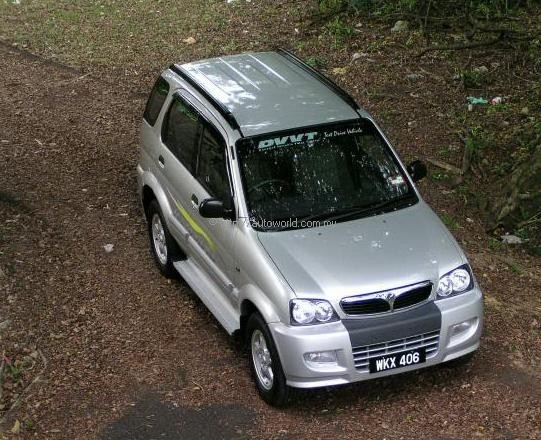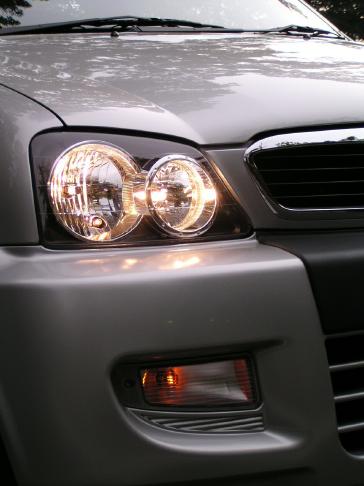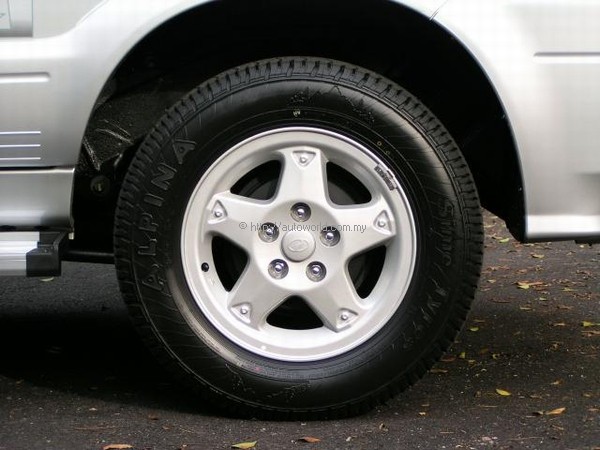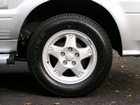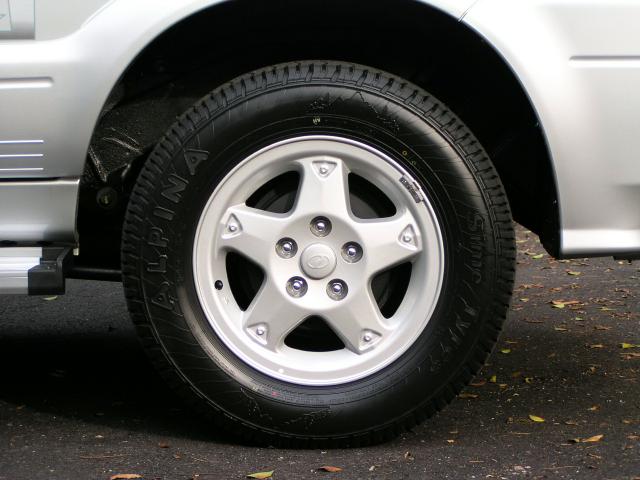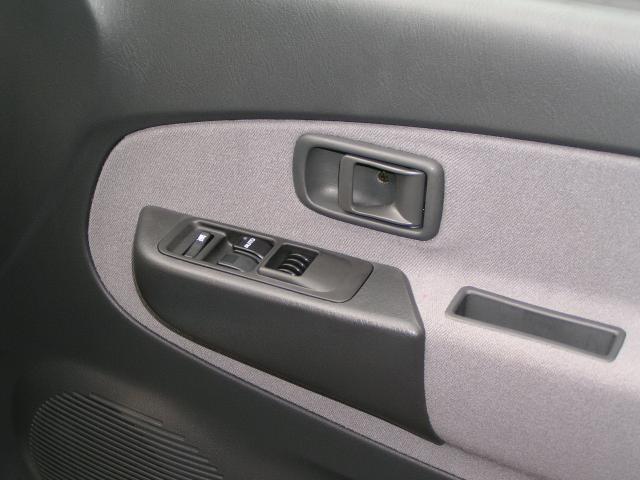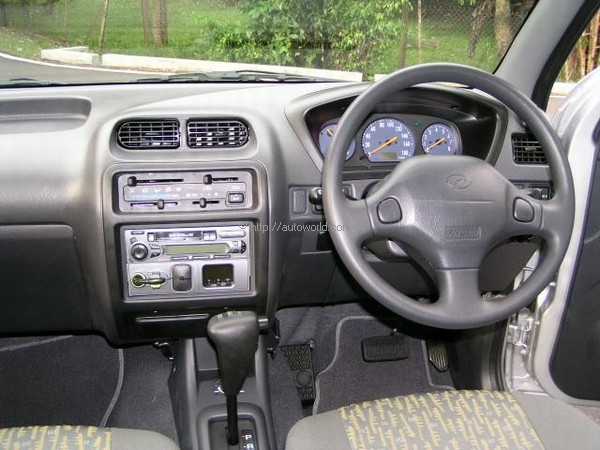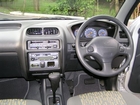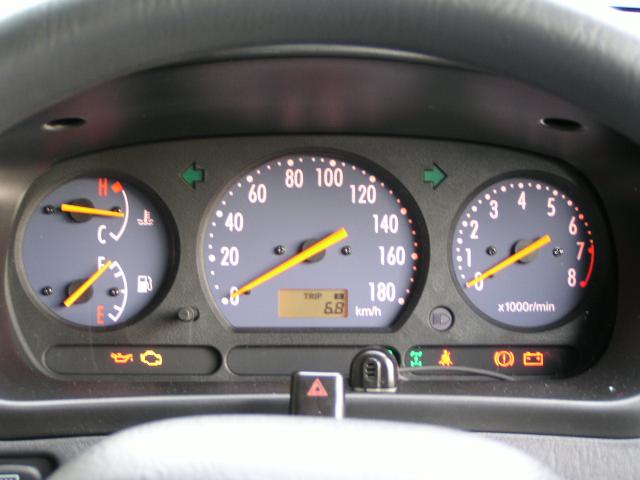FULL REPORT – NEW PERODUA KEMBARA DVVT
When Perodua launched the Kembara as the first Malaysian SUV in August 1998, the country was hit by the crisis that messed up the economy and caused a massive contraction of the vehicle market. As product planning had already been done and the factory was all set up to make the new model, Perodua had no choice but to launch it in such a depressed market (however, the company did adjust its product plans by one year due to the crisis). Even the PM was surprised that the company had chosen to launch a new model at such a time.
Not many may remember that the launch of the Kembara was also accompanied by the new Perodua logo and according to Tan Sri Abdul Rahman Omar, the MD of the company, the Kembara also helped to create greater awareness of the ‘Perodua’ name among Malaysians which complemented the introduction of the new logo.
“Before the Kembara, people often used ‘Kancil’ when referring to us, instead of Perodua, but we found that after we launched the new model, there was greater use of ‘Perodua’,” he said.
Though sales in 1998 were only for about 5 months, the Kembara accounted for 41% of the 4WD segment which totaled 8,519 units. Until the Kembara came along, the 4WD segment had been small and it is clear that this Perodua had a significant effect in boosting the segment. In 1999, it was a clear leader with a 64% share of the 22,729 units registered (the best year for the Kembara to date).
In the following years, the Kembara remained a popular model, given its price and unique bodystyle in an engine displacement segment that was mostly sedans and hatchbacks. Feedback from customers told Perodua product planners that there were some issues which owners had with the model and the most significant were fuel consumption, performance and noise levels.
Perodua doesn’t deny that these issues were valid but Tan Sri Abdul Rahman said that it did not mean the Kembara was not a good. “It was suitable during its time and now that we have new technology available, we are offering an improved Kembara,” he explained.
The improved model is the new Kembara DVVT which will be in the showrooms this weekend and the most significant change is in the ‘heart’. There is a brand new K3-VE engine with a variable valve timing mechanism called Dynamic Variable Valve Timing (that’s where the ‘DVVT’ comes from). Together with improved manual and automatic transmissions, the K3 engine –which is also a 1.3-litre 4-cylinder unit – addresses the two issues which customers had with the previous Kembara.
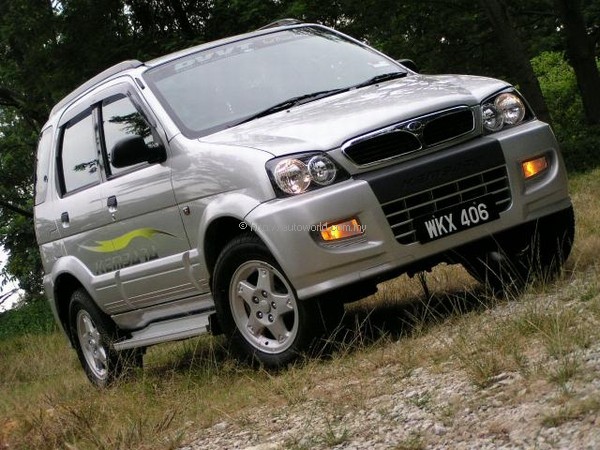 |
The development period for this new model was about two years and this speediness was because the same platform has been used. Most of the body panels are also the same but the headlights, signal lights, bumpers and rear light clusters are new. The dual unit headlamp housings are sporty in appearance and flank the familiar Perodua corporate grille. To give a bolder look, the centre part of the bumper is a dark colour (with the model name embossed on it – a nice touch) which extends down to the airscoop that is flanked by large foglights.
The rear presentation is essentially the same as before with the spare wheel mounted on the side-hinged door. The characteristic vertical light clusters are on each roof pillar and there is now a more conspicuous reversing light set in the large bumper.
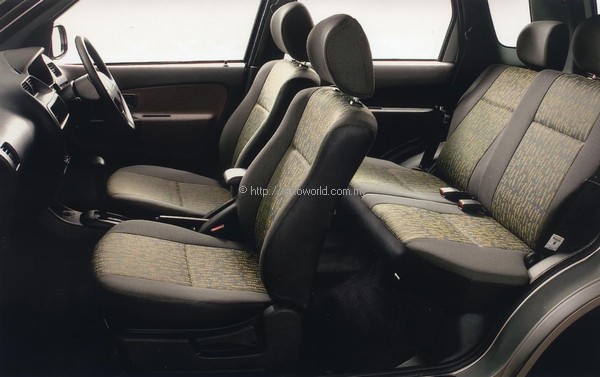 |
Inside, the cabin layout is also unchanged but the looks have been freshened up and in many areas that can’t be seen, there have been detail changes which improve quality and durability. A nice touch is the metal kickplates (with the Kembara name embossed on them) on the door sills… just like more expensive models!
One of the improvements mentioned is in the instrument panel which now has an electrical wire harness linkage rather than a mechanical cable drive. For the EX version, the tripmeter is a digital LCD type which displays either the tripmeter or odometer at the press of a button.
An unusual feature is the use of the Overdrive (OD) warning light, usually only to indicate that the OD is engaged or disengaged, to also double up as a warning light for automatic transmission problems. If there is a problem, the OD light will come on to warn the driver.
The 3-spoke steering wheel is new to the Kembara DVVT but owners of the current Kenari and Kelisa will also recognize it. By using a similar steering wheel, Perodua can cut costs a bit since the order to the supplier would be larger and so unit cost would come down.
But the money saved by this approach was probably not enough to cover the cost of putting in an airbag system so there isn’t one at this time. Presumably, Perodua has looked at other models in the 1.3-litre class and found that no one else is offering airbags at this time, so the feature need not be included.
However, in terms of safety features, the Kembara DVVT is as good as others in its class with a sturdy bodyshell that has sufficient crumple zones and anti-intrusion bars in each door.
The powertrain is described in detail in a separate story (link below) so let’s move on to the chassis. Here, things are also the same although it is understood that the suspension (especially at the rear) has been retuned for comfort and better handling. As before, the front suspension uses MacPherson struts that act independently of each other, while the rear is a 5-link live axle. New 15-inch alloy wheels are at each corner and these are shod with 205/70R15 Sime Alpina tyres.
Stopping power comes from disc brakes at the front and drum brakes at the rear, the entire system hydraulically connected by a dual-line system as a precaution against one line leaking. In the event of a leak on one line, there is still at least 50% braking power available. The parking brake operates on the rear drum brakes.
The steering system is a rack and pinion type with power assistance to take the effort out of parking. The system is a conventional hydraulic pump type which is powered by the engine.
continued on page 2




